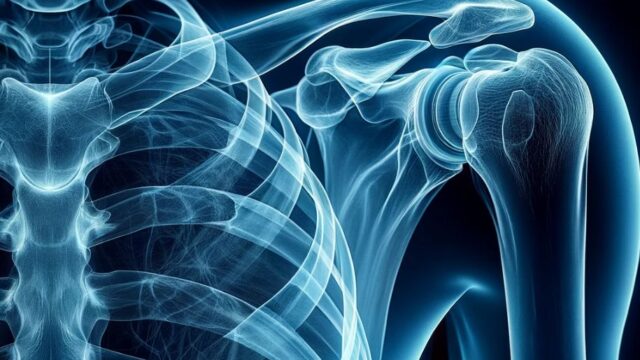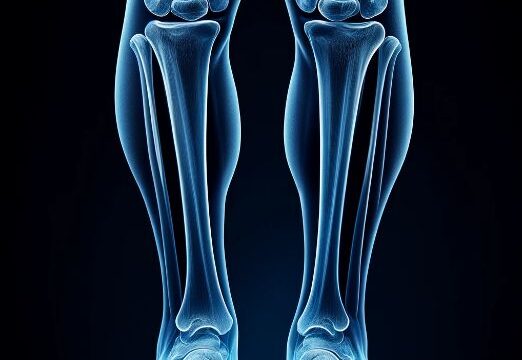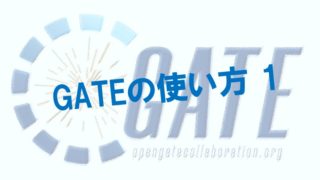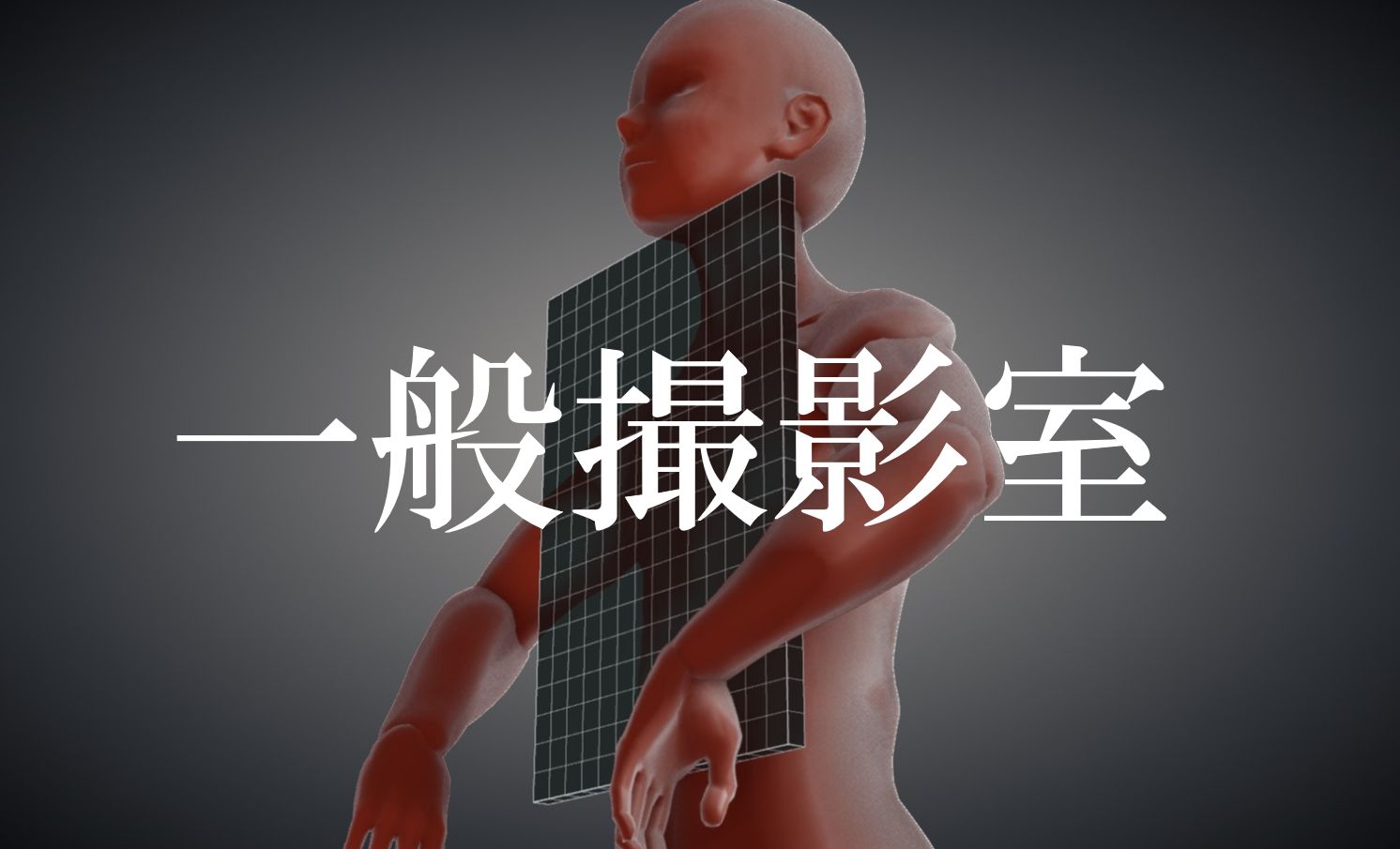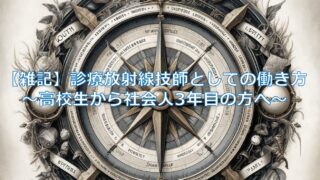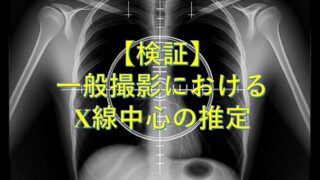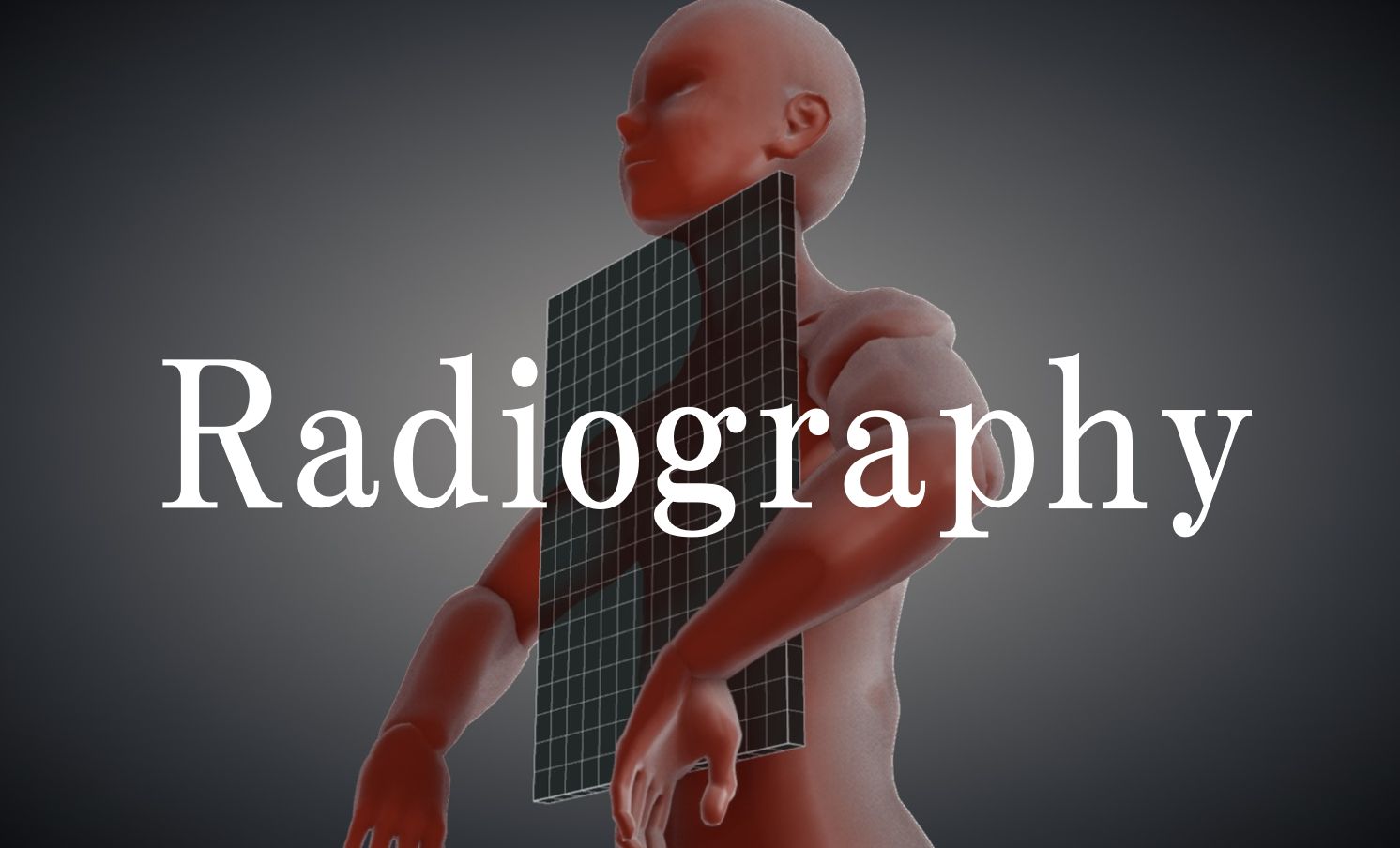Japanese ver.
Radiopaedia (AP)
Radiopaedia (Axial)
Purpose
Observation of the acromioclavicular joint.
Prior confirmation
Shoulder joint observation can be conducted by either capturing images of each side individually or by simultaneously capturing images of both sides.
Before performing weight-bearing imaging, it is important to confirm the presence of any fractures.
Any obstructing objects should be removed.
Positioning
In a standing position with the back against the cassette.
When capturing images of one side, position the acromioclavicular joint at the center of the cassette. When capturing images of both sides, align the mid-sagittal plane and the center of the cassette.
Adjust the height of the cassette by observing the projected shadow.
The upper limbs should be relaxed and hanging down.
Weighted imaging : wrap weights (around 5kg) around both wrists. It is important to ensure that the muscles are not engaged, so the weights should not be held in the hands.
Place the markers (weighted, R, L).
CR, distance, field size
CR : Centered on the acromioclavicular joint.
AP view : The X-ray should be taken with a perpendicular entry.
Oblique view : The X-ray should be taken at an angle of 15-30 degrees in the caudal direction (pay attention to the orientation of the grid).
Distance : 100-200cm.
Field size : Encompass the acromioclavicular joint as the center and extend to include the proximal humeral neck and the distal two-thirds of the clavicle.
Exposure condition
65kV / 10mAs
Gird ( + )
Suspend respiration.
Image, check-point
Normal AP (Radiopaedia)
Normal oblique stress (Radiopaedia)
Observations that can be made include the clavicle, acromioclavicular joint space, acromion, coracoid process, and the head of the humerus.
Soft tissue structures can also be observed.
In a normal example, the inferior border of the clavicle and the undersurface of the acromion should align in a straight line.
During oblique imaging, the clavicle and acromioclavicular joint will be projected more superiorly (towards the head) compared to the acromion.
Videos
Related materials
The severity classification of acromioclavicular joint dislocation (Rockwood classification):
Each level is as follows.
Conservative treatment
Grade 1
Grade 2
Conservative treatment or surgery
Grade 3
As the severity increases, more aggressive treatment such as surgery may be required to restore stability and function to the joint.







